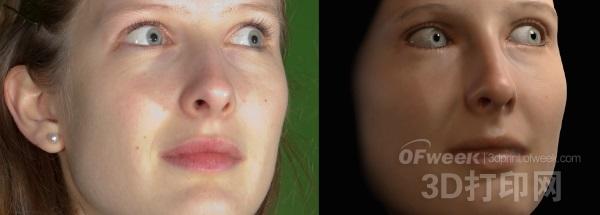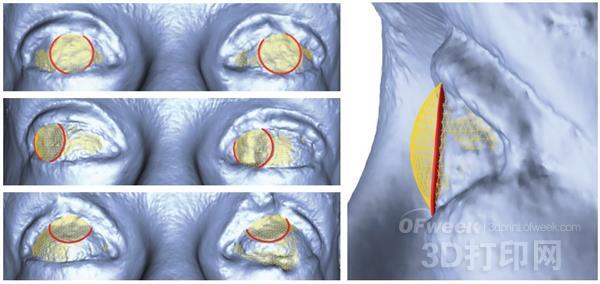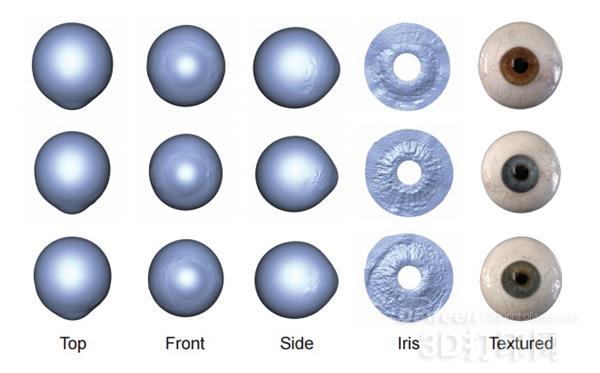Recently, scientists at Disney Research have developed a new 3D technology that captures key but subtle details of the eye with a single facial scan or even a single photo.
Scientists say the method requires less time and hardware than existing eye-capture techniques because it uses a parametric model of the eye. This model can reproduce the size and shape of the eye, the spots, the pupils, the stripes of the colored iris, and even the red veins on the white sclera.

In addition, the model can be used to automatically copy the eye details captured by an actor through a scan or photo, and then manipulate it as needed to match the story, such as changing the size of the pupil to match the lighting conditions, or expanding the vein Make your eyes look tired and so on.
"Eyes can be said to be the most important part of the face," said Markus Gross, vice president of the Disney Research Center. "This is where we first see someone pay attention, and the ability of the eyes to convey emotions and predictive actions for the development of the film." It's critical. This new way of capturing the eye allows us to create highly realistic animations for movies, games, and medical applications, and it's very easy to do."

It is understood that the research team will release their methods on July 24th at the ACM Computer Graphics and Interactive Technology International Conference (SIGGRAPH) in Anaheim, California.
According to Thabo Beeler, senior researcher at the Disney Center, after decades of research, facial capture technology is now very advanced, and it is difficult to distinguish between digital faces and real faces. However, researchers have paid less attention to eye capture, although Disney has developed a method to scan the human eye at very high quality.

The problem with this approach, however, is that the entire scanning process requires the actor to lie down, the head to be fixed with the neck support and not to move, and their eyes need to remain open for 20 minutes while the producer takes the photo. Beeler pointed out: "Compared to this kind of physical burden, we only need one photo or a one-time scan of the face, which is very convenient."
It is reported that the parametric model developed by Beeler, Gross and their colleagues is largely based on a database of 30 eyes, which are captured in a very detailed manner. This database provides detailed information on the white sclera and the colored iris, and then uses a separate model to represent changes in the size and shape of the eye itself.
The details of an actor's eye can be obtained with a facial scan, and the researchers developed a fitting algorithm that can transmit these details to the eye model. Beeler said: "This method is very flexible and can use any traditional face capture device. By limiting the parameters, the producer can even use the actor's photo or artistic portrait to fit the model.

"The result is a very realistic eye reconstruction, and it's also true in the details." Pascal Bérard said he is pursuing a Ph.D. at the Disney Research Center and the Federal Institute of Technology in Zurich. "This model allows us to manipulate the captured data because it is fully parametric. For example, we can change the number and appearance of the scleral vein to simulate stimulation or fatigue, or control the size of the pupil as needed."
Basic Baby High Chair,Multifunction Baby Chair,Baby Sitting Chair,Unique Baby High Chair
Zhejiang Lamon Technology Inc. , https://www.baby-chaires.com